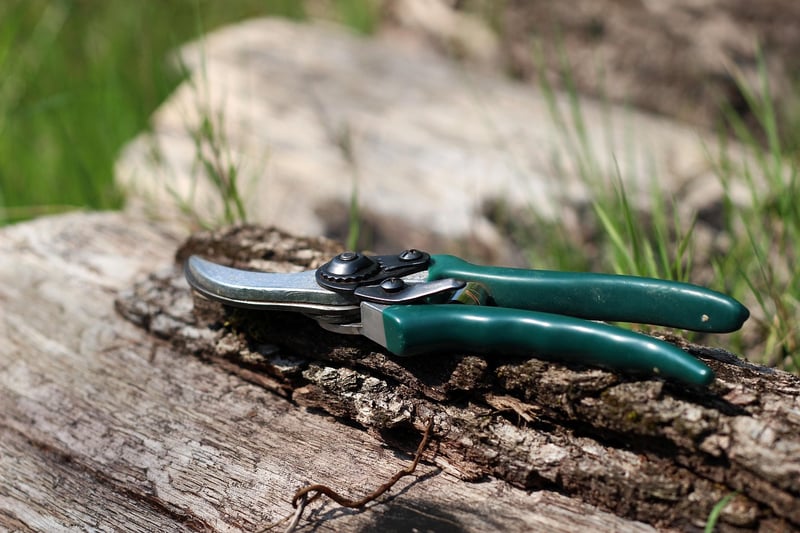Pruning Techniques
Maintaining Healthy Plants Through Proper Pruning Techniques
Proper pruning is an essential practice for maintaining the health and vitality of your plants. By trimming away dead or overgrown branches, you not only enhance the appearance of your plants but also promote new growth and overall plant health. Learn about some key pruning techniques to keep your plants in top condition.
1. Tools for Pruning
Before you start pruning, make sure you have the right tools for the job. Essential pruning tools include sharp bypass pruners, loppers for thicker branches, pruning saw for larger limbs, and hedge shears for shaping hedges.
2. Timing of Pruning
The timing of pruning is crucial. Different plants require pruning at specific times of the year. For most flowering shrubs, it's best to prune right after they bloom. However, for trees and shrubs that bloom in late winter or early spring, pruning in late winter is ideal.
3. Pruning Techniques
- Deadheading: Removing dead flowers encourages new blooms and prevents disease.
- Thinning: Removing select branches to improve airflow and light penetration.
- Heading Back: Cutting back a portion of a branch to stimulate new growth.
- Rejuvenation Pruning: Cutting back severely to rejuvenate an overgrown plant.
4. Benefits of Pruning
Pruning offers several benefits, such as:
- Promoting plant growth
- Improving flower and fruit production
- Enhancing plant structure and aesthetics
- Preventing disease by removing infected branches

By mastering the art of pruning and following these techniques, you can ensure that your plants remain healthy, vibrant, and beautiful year-round.
Remember, proper pruning not only benefits the plants but also adds to the overall appeal of your garden or landscape. Happy pruning!
